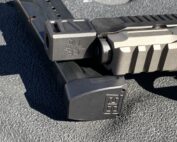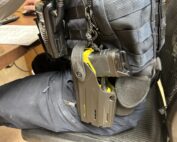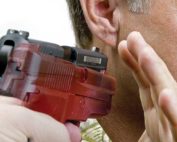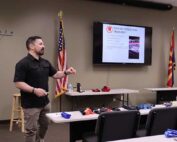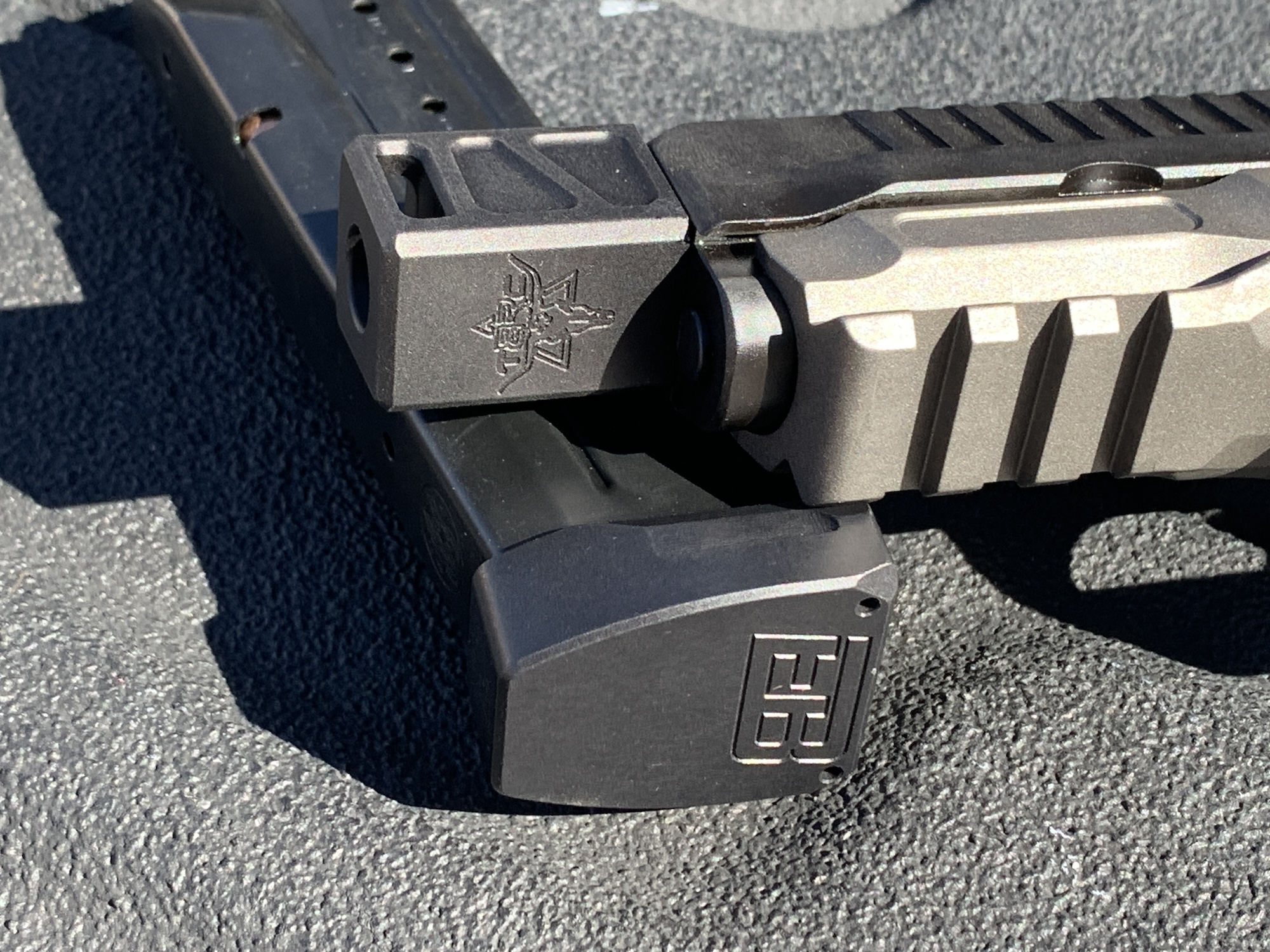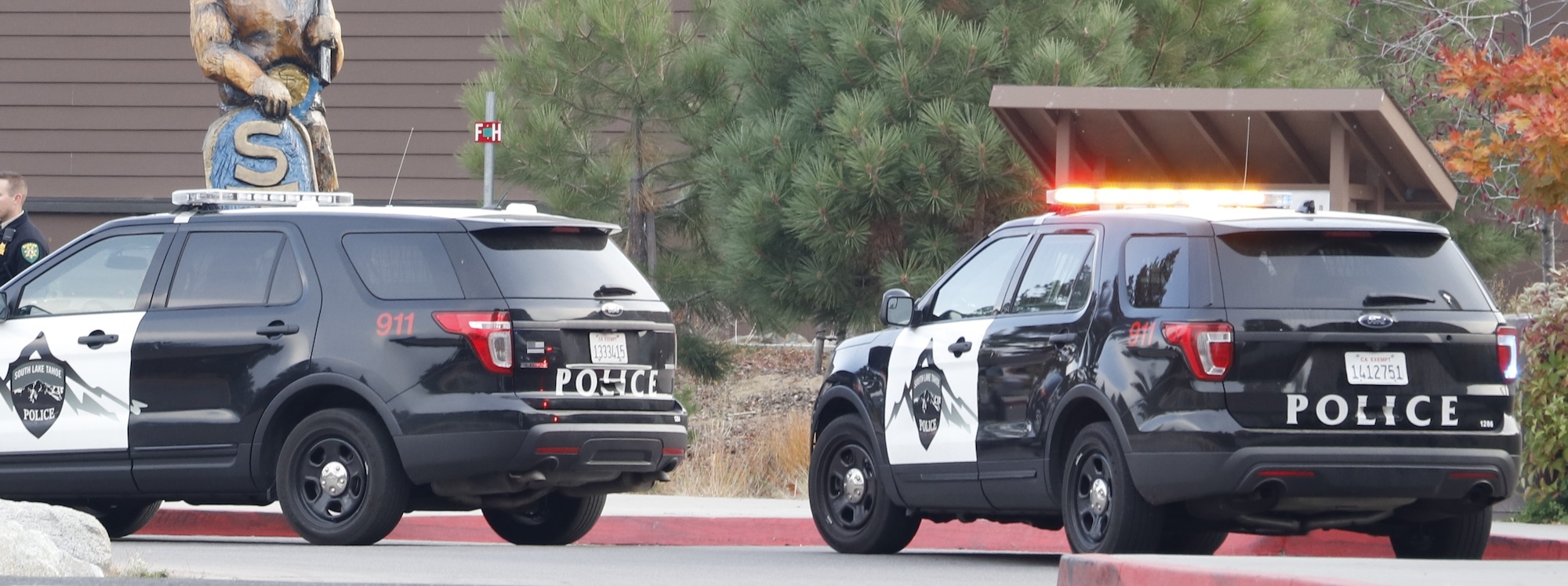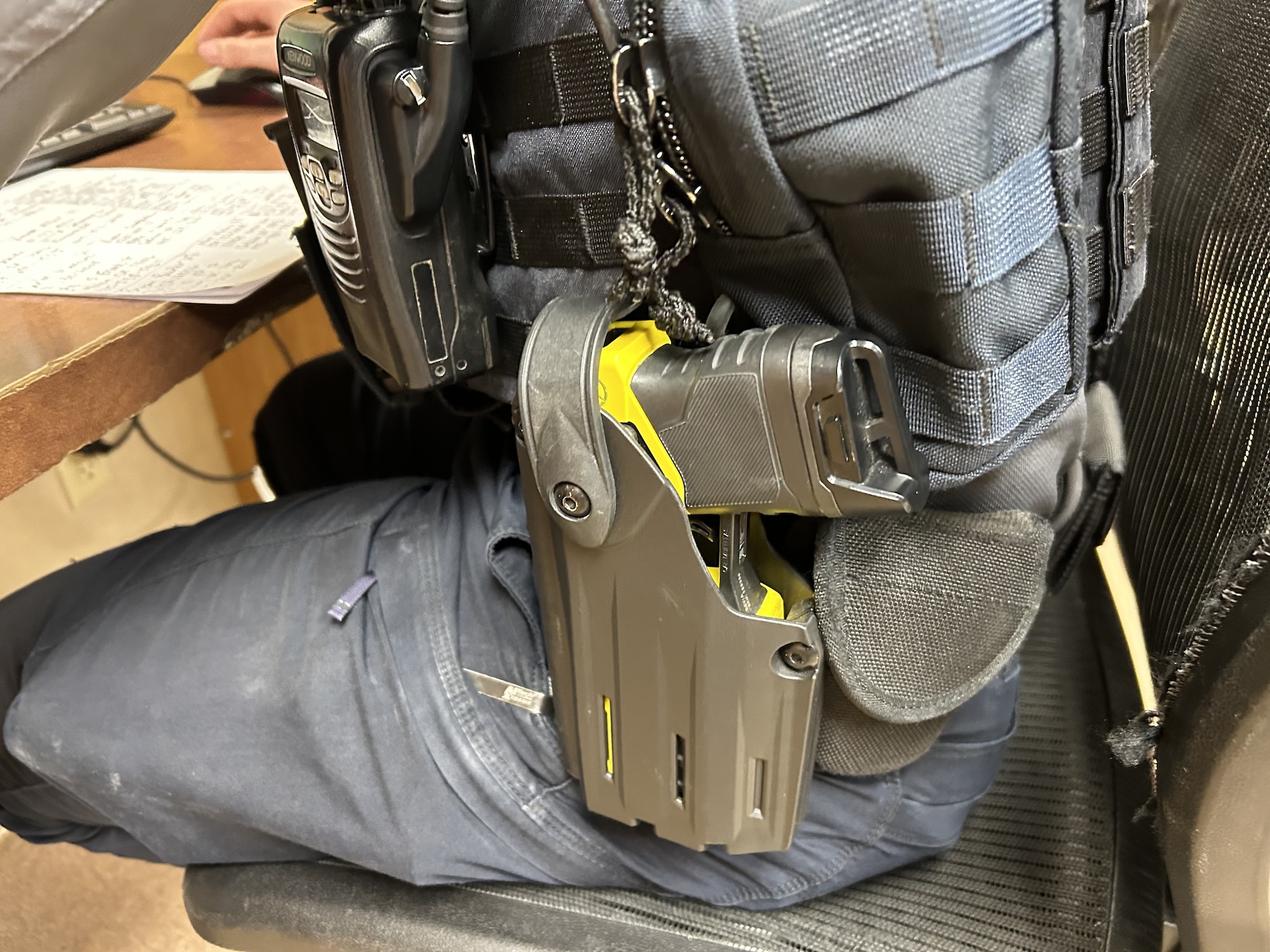
AC-VehicleEmergency-American-Cop-(4)
On Monday, January 3, 2022, hundreds of drivers suddenly found themselves stranded on Interstate 95 highway (I-95) in Virginia, south of Washington, DC. A motor vehicle crash involving several tractor-trailers started the chain of events that would shut down I-95 in both directions and bring traffic to a complete stop. With plunging temperatures and a blizzard dropping between seven and eleven inches of snow, stranded motorists found themselves in freezing temperatures, many with no food or water, running low on gas, and without any idea when help would arrive. As the hours dragged on and night fell, some drivers began posting urgent pleas for help on social media. However, that help was nowhere to be found, and stranded drivers had to make do with whatever resources they had in their vehicles. Many drivers were forced to run their engines intermittently to try and stay warm while conserving gas. That day the Virginia State Police would receive thousands of emergency calls.
Eventually, emergency crews began to remove the crash vehicles, clearing a path off the highway. Thankfully, there were no reported deaths or injuries, but this event had the potential to end in a much more tragic way. There are several lessons to be learned from this event; chief among them was the importance of carrying an emergency vehicle kit.
This article discusses the importance of having basic emergency supplies, gear, and self-rescue tools. We highlight some essential components for your kit and how you can put one together with minimal time, effort, and money.

An emergency vehicle kit will contain the supplies, tools, gear and supplies that you may need during a roadside emergency. Start with a basic kit, and build it up from there.
WHAT YOU NEED, AND WHY YOU NEED IT.
No driver should ever leave home without a well-stocked emergency kit. A roadside breakdown, or some other emergency, can happen at any time and usually without any warning. Suddenly you find yourself stranded on an isolated road, or in a vacant parking lot, remote and distant from any meaningful assistance, or worse yet, surrounded by potential threats. While those caught in the Virginia I95 event were surrounded by hundreds of people, all of them were in the same predicament. Being prepared can help you mitigate the risk, or at the very least help keep you safe, warm, fed, and hydrated until help arrives, or until you can effectuate some form of self-rescue. Being unprepared will ensure that you’ll be at the mercy of whatever ill-fated conditions you encounter.

Meals Ready to Eat (MREs) can be a great addition to your emergency kit. Remember to rotate your food stores and replenish outdated or suspect items often. While you’re at it, don’t forget the emergency blankets.

Road flares are an ideal light and signaling source and are a universally understood distress signal. You can use the traditional ignitable flares, or the more modern rechargeable LED variety.
THE VEHICLE EMERGENCY KIT
A basic Vehicle Emergency Kit will contain the supplies, gear, and tools you need for a roadside emergency. It’s easy to put together, and you probably already have most of the components somewhere around your house. What goes into your kit depends on your needs. But, you can start with a basic kit and expand it as conditions change.
Here’s a list to help you get started.
• Heavy-Duty Bag or Backpack (With various storage compartments.)
• Battery Jumper Cables (Heavy-duty/extra-long cables.)
• Portable Power Jump Starter/Air Delivery System and 12V DC Power Outlet.
• Work Gloves and Impact Resistant Eye Protection
• Flashlight(s) (Extra batteries), Fully Charged Re-chargeable LED Lantern.
• Small Battery Transistor Radio.
• Light Stick(s) and/or Road Flares.
• First Aid Kit/Trauma Kit/Burn Kit.
• Prescription Medications (At least a three-day emergency supply.)
• Moleskin (Foot protection when walking long distances.)
• Folding Knife and Multi-Tool. (This should already be a part of your EDC.)
• Basic Hand Tools (Screwdrivers, wrenches, pliers, socket set, etc.)
• Off-Road Traction Boards/Mats, Folding Shovel (Traction in snow, ice, mud)
• Flat Tire Fix Tools.
• Electrical/Duct Tape, Tie Wraps, 550 Paracord.
• Map of Travel Area, Compass, and Note Pad/Pen/Marker.
• Extra Pair of Prescription Eyeglasses, Sunglasses.
• Water & Emergency Food Rations (Minimum three days, for two people.)
• Portable Water Filter. (Camping style compact filters.)
• 2 ½ – 5 Gallon Heavy Duty Gas Can (empty).
• Sealable Container & Roll of Toilet Paper/Wipes (Self-explanatory)
• Rain Gear/Poncho, Space Blanket, Regular Blanket.
• Extra Clothes/Hat/Jacket/Gloves (Adjusted seasonally for weather conditions.)
• Extra Pair Walking Shoes/Boots, Socks (Adjusted seasonally for weather conditions.)
• Fire Extinguisher (Class B for liquids/gases, Class C for electrical equipment.)
• Self-Defense Tools/Gear. (Depends on your needs and state/local laws.)
• Cash (At least $250.00 small bills), and Pre-paid Calling Card.
• Hardcopy of Emergency Contact Information.
IT’S NOT ALL ABOUT THE GEAR
Gear, tools, and supplies are a crucial part of any survival plan, but you also need to learn skills. If you don’t know how to use any of those things, it makes no sense to have a spare tire, a jack, and the tools to change a flat tire. Same with a first aid kit, you need to know how to use those medical supplies; otherwise, what’s the point?

Powerful, roadside emergency light comes in many form. Go with what works best for you, always include at least one hands-free option.

Whichever bag you choose, make sure that it’s heavy duty, with multiple compartments for ease of use and organization, and that it holds all the gear you need.
LAST THOUGHTS
No driver should ever leave home without a well-stocked emergency kit in their vehicle. Putting together a practical kit will require some time, effort, and expense, but it will be relatively easy and well worth it when things go south. Once you have your kit, secure it in your vehicle and update and refresh it often. Ensure you replenish any expired or outdated supplies or other items you may have used.
Always keep a full tank of gasoline, a fully charged cell phone, and a backup battery charger. You should also maintain your vehicle with frequent oil changes, tune-ups, and other scheduled maintenance, including a periodic check to ensure that your spare tire, tools, and gear are all in proper working order. Doing these things will ensure that you will be in the best possible position to deal with the circumstances regardless of what crisis comes your way. Not taking these precautions will ensure that you’re at the mercy of whatever disaster comes your way. You can prepare, or you can be a victim. The choice is yours.
Stay Safe and Be Prepared.
ABOUT THE AUTHOR
Richard is a practicing attorney, an urban survival consultant, writer, firearms enthusiast, and freedom-loving American patriot. He’s the author of Surviving Doomsday: A Guide for Surviving an Urban Disaster, and The Quick Start Guide for Urban Preparedness. Richard’s books are available at Amazon and other fine retailers.
DISCLAIMER
This general material provided is for informational purposes only. Any use of the general information contained in this article shall be solely at the reader’s risk.

